Looking for an adventure? Cruise Palm Springs or visit some well-traveled ‘moon trees’
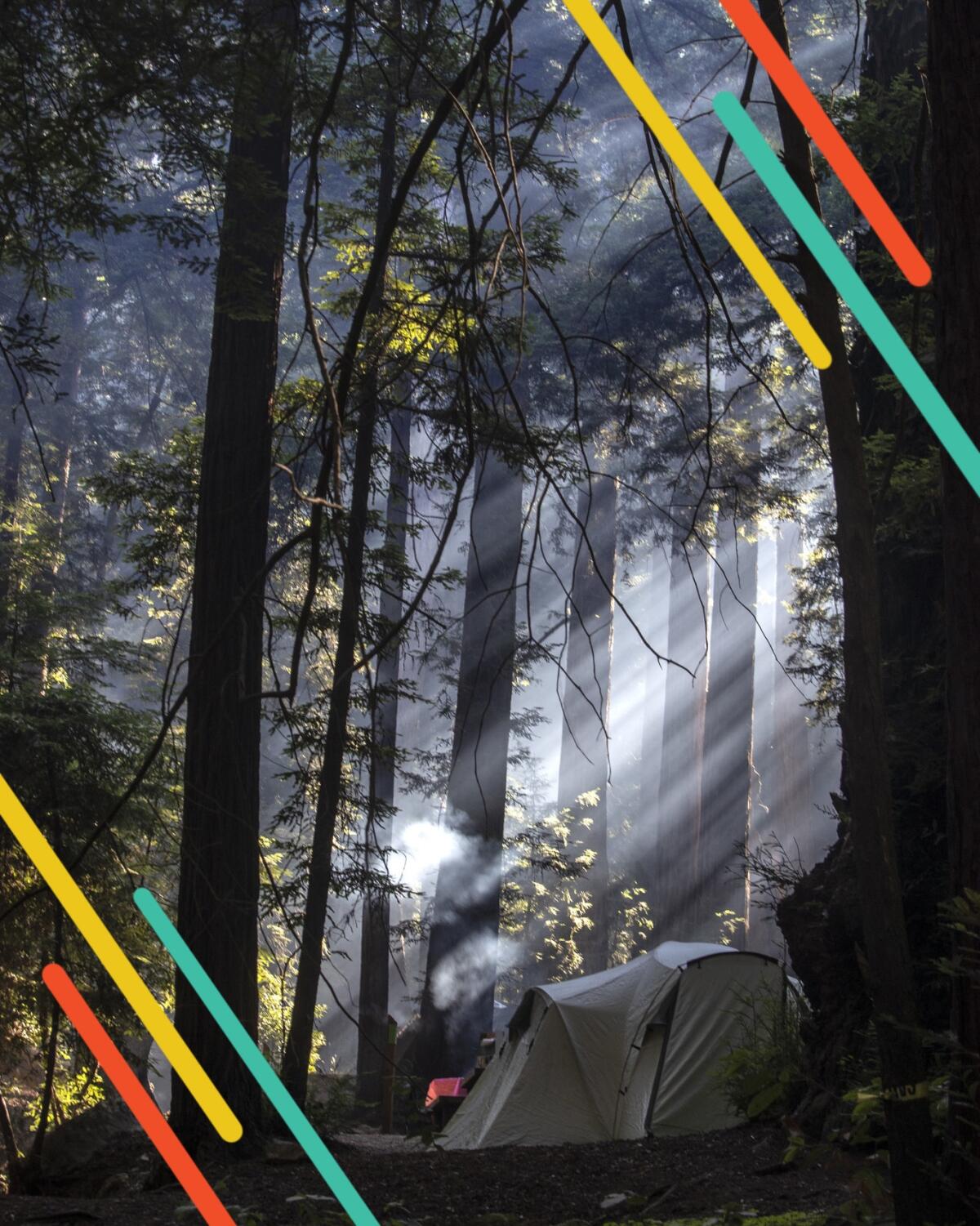
- Share via
By Rachel Schnalzer
Design and illustrations by Jade Cuevas
Good morning, adventurers. Destinations are reopening across California, and this week you’ll read about several attractions that are again welcoming visitors.
Things aren’t quite back to normal, which is why Escapes will continue to deliver outdoor and distanced travel ideas that will help you satisfy your wanderlust while staying safe.
Where are you heading now? I love receiving reader recommendations — send me an email if you’d like to share your adventure.
Get inspired to get away.
Explore California, the West and beyond with the weekly Escapes newsletter.
You may occasionally receive promotional content from the Los Angeles Times.
🤔 When will your favorite California attractions reopen?
Wondering when your beloved Golden State destinations will reopen? Times assistant travel editor Mary Forgione and travel writer Christopher Reynolds have teamed up to tell readers when more than 50 of the state’s top visitor destinations are reopening.
Hoping to stop by Pappy and Harriet’s Pioneertown Palace on your next trip to Joshua Tree National Park? It’s open, but live music is limited, Forgione and Reynolds report. Meanwhile, you’ll soon be all clear to visit the Monterey Bay Aquarium, which opens to the public May 15.
What’s still closed? Hearst Castle, Coit Tower and Exploratorium in San Francisco and Big Basin Redwoods State Park, which is closed because of damage from the CZU Lightning Complex fires.
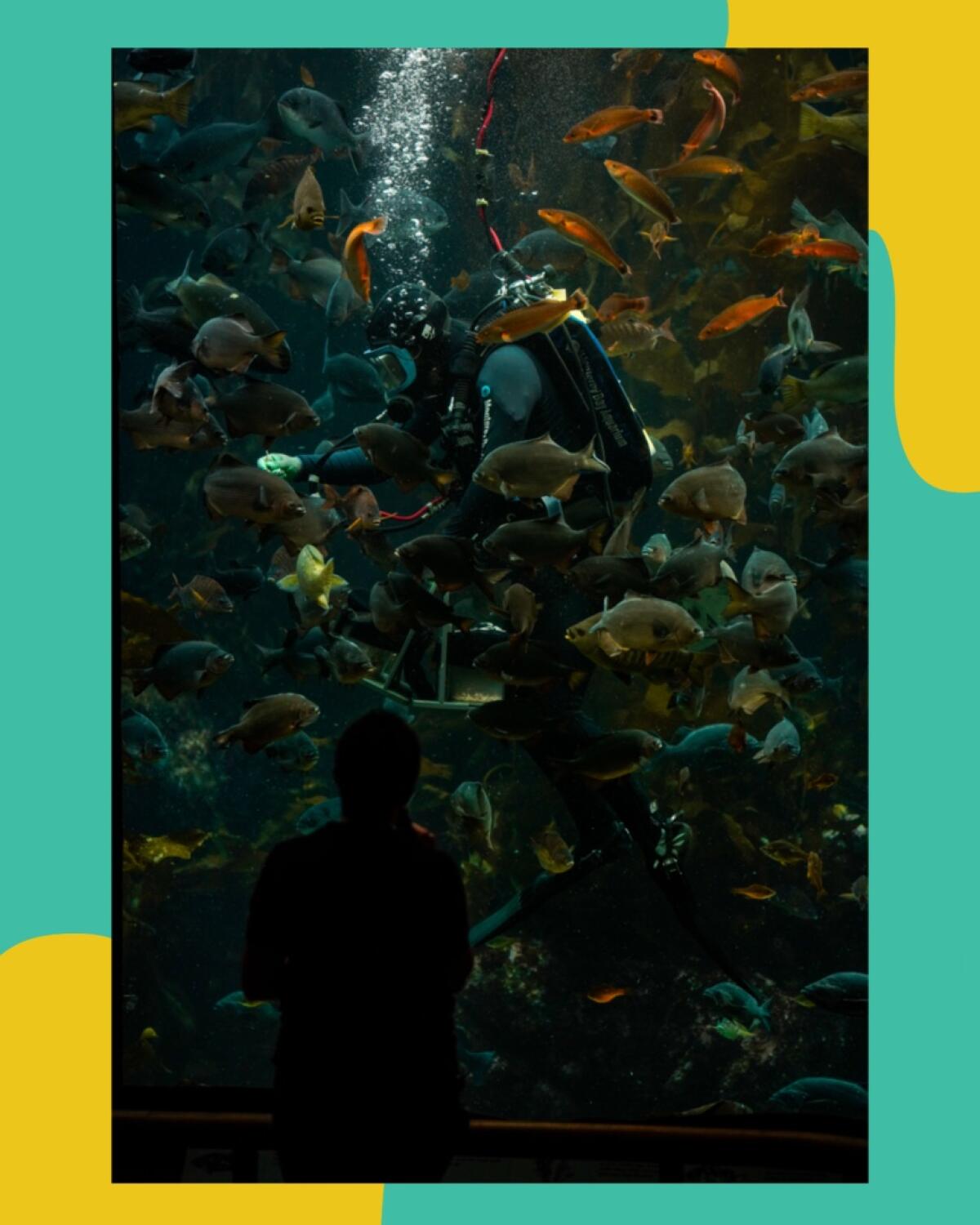
⛺ Try this time-tested Big Sur campground
Road trippers, rejoice: The section of Highway 1 near Big Sur that collapsed during a winter storm reopened to drivers last week. “There are few, if any, more iconic routes than Highway 1 — not just in California but anywhere in the world,” Gov. Gavin Newsom said during the reopening.
A few weeks ago, reader Kathleen Schwartz emailed me about her family’s go-to place along this stretch of Highway 1: Big Sur Campground and Cabins. It’s a longtime favorite; she and her husband have been tent camping there every year since 1974.
If you go, Schwartz recommends stopping by Big Sur classics Nepenthe for lunch or dinner and Big Sur Bakery for pastries.

🌴 A Midcentury Modern tour of Palm Springs
Planning one last desert trip before temperatures skyrocket over the summer?
Immerse yourself in Palm Springs’ Midcentury Modern architecture with this driving tour curated by Times contributor Rosemary McClure. You won’t need to worry about peering over gates — each stop on the itinerary can be easily seen from your car.
The tour begins at the Palm Springs Visitors Center, a former gas station with a striking wing-shaped roof, built in the 1960s. From there, you’ll drive past Elvis’ Honeymoon Hideaway, where Presley and wife Priscilla honeymooned and lived; the famed Kaufmann Desert House; and the colorful Saguaro, a renovated ’70s-era motel.
Nature lovers, there’s something in this tour for you. It ends with a stop at Indian Canyons, where you can hike or kick back and enjoy the desert views.
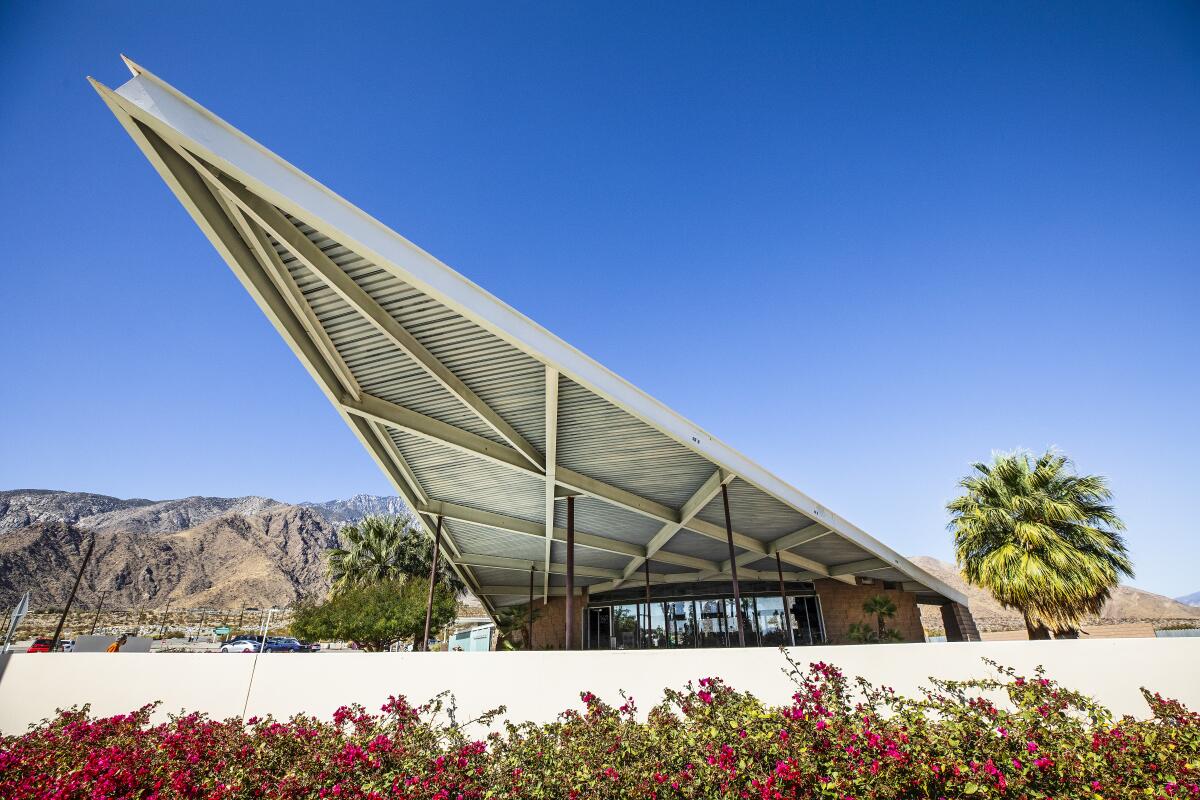
Enjoying this newsletter? Consider subscribing to the Los Angeles Times
Your support helps us deliver the news that matters most. Become a subscriber.
🌙 What are ‘moon trees’ and where can you find them?
In 1971, former U.S. Forest Service smokejumper and astronaut Stuart Roosa went to the moon on the Apollo 14 mission and brought hundreds of different tree seeds along for the ride. In a 2019 story, assistant travel editor Mary Forgione reported that Roosa brought the seeds back to Earth, where they were planted and given away as saplings during the 1976 bicentennial.
Several were planted in California and still stand today.
Want to see some of these well-traveled “moon trees”? Next time you’re in Monterey, you can spot one — a Sequoia sempervirens — near Colton Hall. “There’s a plaque by the tree that tells the story,” Rachel Dinbokowitz of the Monterey County Convention & Visitors Bureau told Forgione.
Moon trees also can be found in Sacramento, Berkeley, San Luis Obispo, on the Humboldt State campus in Arcata and at a Forest Service site in Lockeford. Read Forgione’s story to find out where they’re planted.
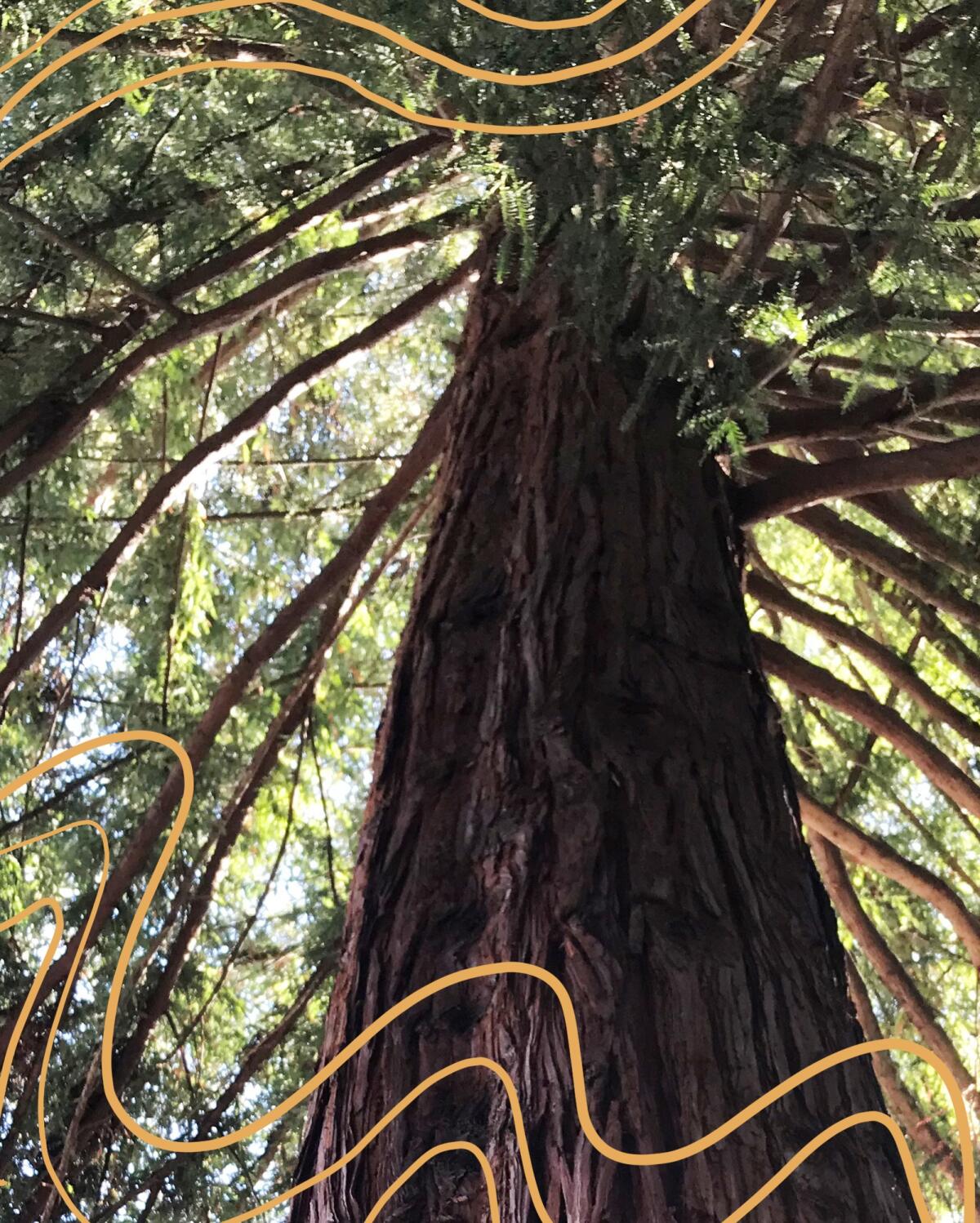
📰 What I’m reading
- Car rental rates are through the roof. Times contributor and former travel editor Catharine Hamm explains what you can do to save money.
- What does a college-tour road trip look like during a pandemic? Travel writer Christopher Reynolds brings readers along on a 1,127-mile-long trip to 11 California campuses.
- Author and culinary historian Jessica B. Harris has been collecting postcards for more than 50 years. Now, she’s using postcards to chronicle the Black diaspora.
- Meet Maho Otsuka, the female brewmaster breaking barriers in Japan’s sake industry, interviewed by Stacey Leasca in Travel + Leisure.
- How can a basilica stay dry amid rising water in Venice, Italy? Rebecca Ann Hughes describes the race to save St. Mark’s Basilica from floodwaters in Atlas Obscura.
- Antarctica cruises are booming. But can the continent handle it? Elizabeth Heath explores this question in the Washington Post.
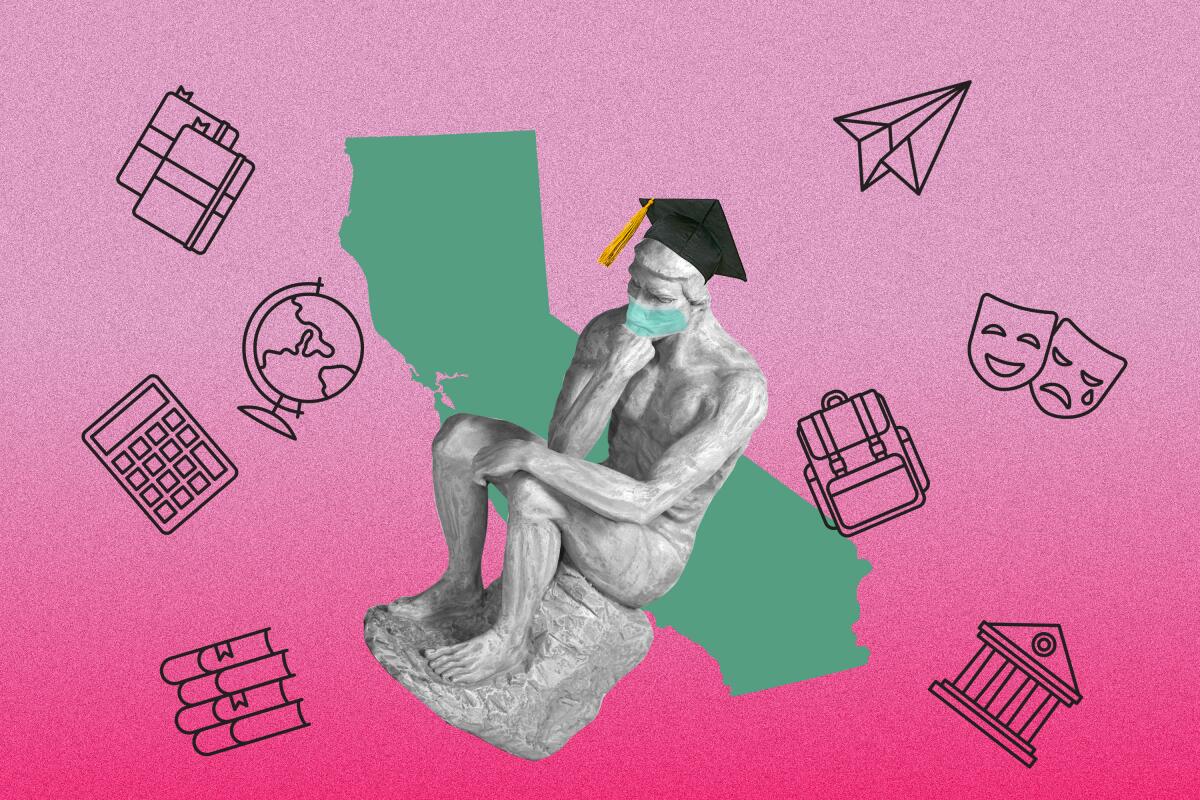
💻 Can’t adventure IRL? Here’s one way to expand your horizons
Having trouble snagging a campsite in Yosemite National Park for this summer? No virtual experience comes close to the thrill of seeing Half Dome in person or standing near the spray of the waterfalls, but you can catch a glimpse of Yosemite’s grandeur with virtualyosemite.org.
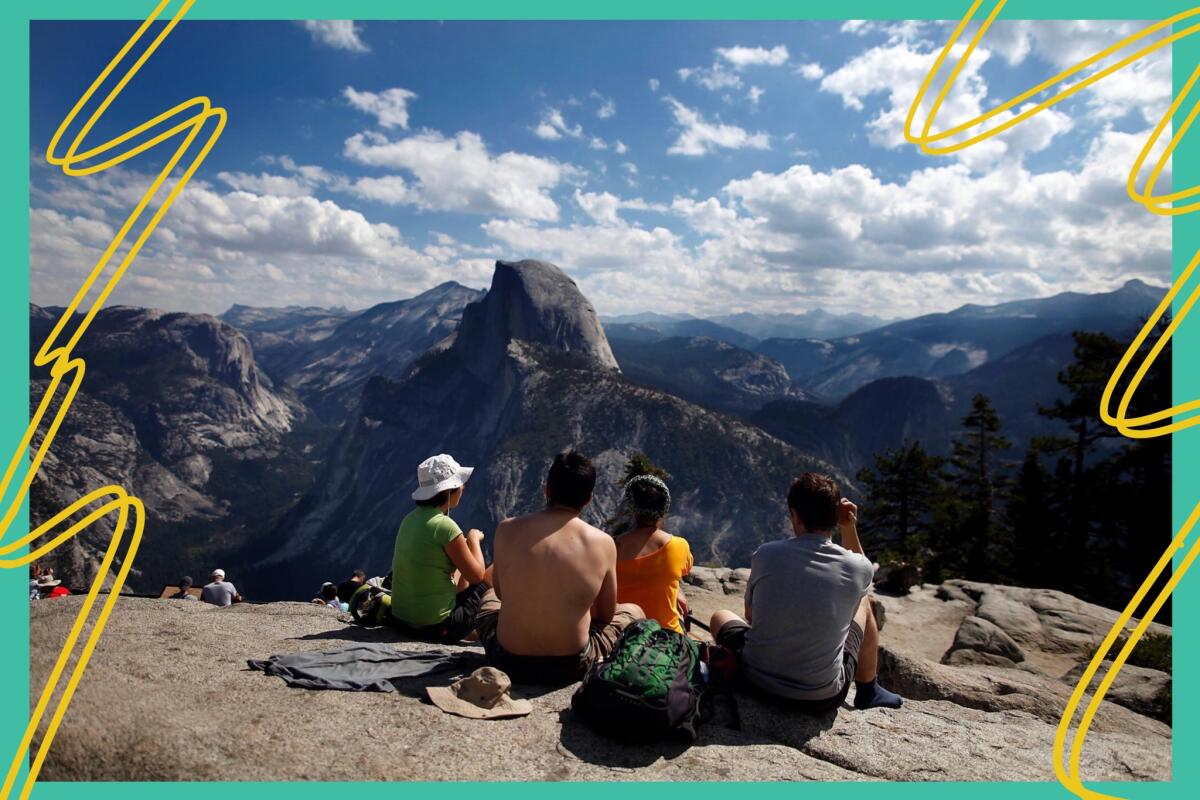
The site allows you to see 360-degree views from the Glacier Point hang-glider launch, Curry Village, the top of Yosemite Falls and other locations within the park. Be sure to turn up the volume so you can hear rushing water and birdsong as you explore the park.
One advantage to exploring Yosemite virtually? You’re able to see the view from Half Dome’s fearsome summit with the mere click of a mouse — no 10-hour hike or permit necessary.
📸 Photo of the week
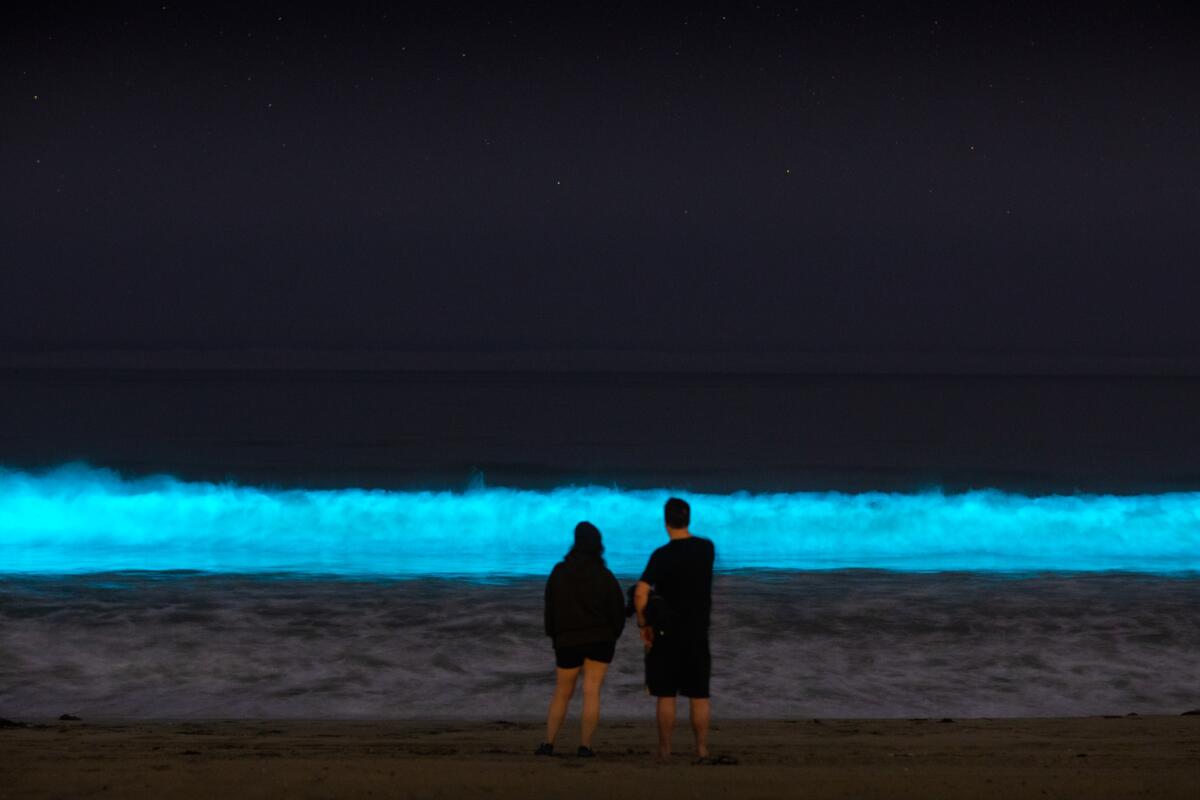
🎸 Road song
“Till Forever Falls Apart” by Ashe and Finneas is an anthem for anyone who loves adventuring around the Golden State — despite the ever-present threats of earthquakes and tsunamis — as well as their travel companions. Until next week ✌️
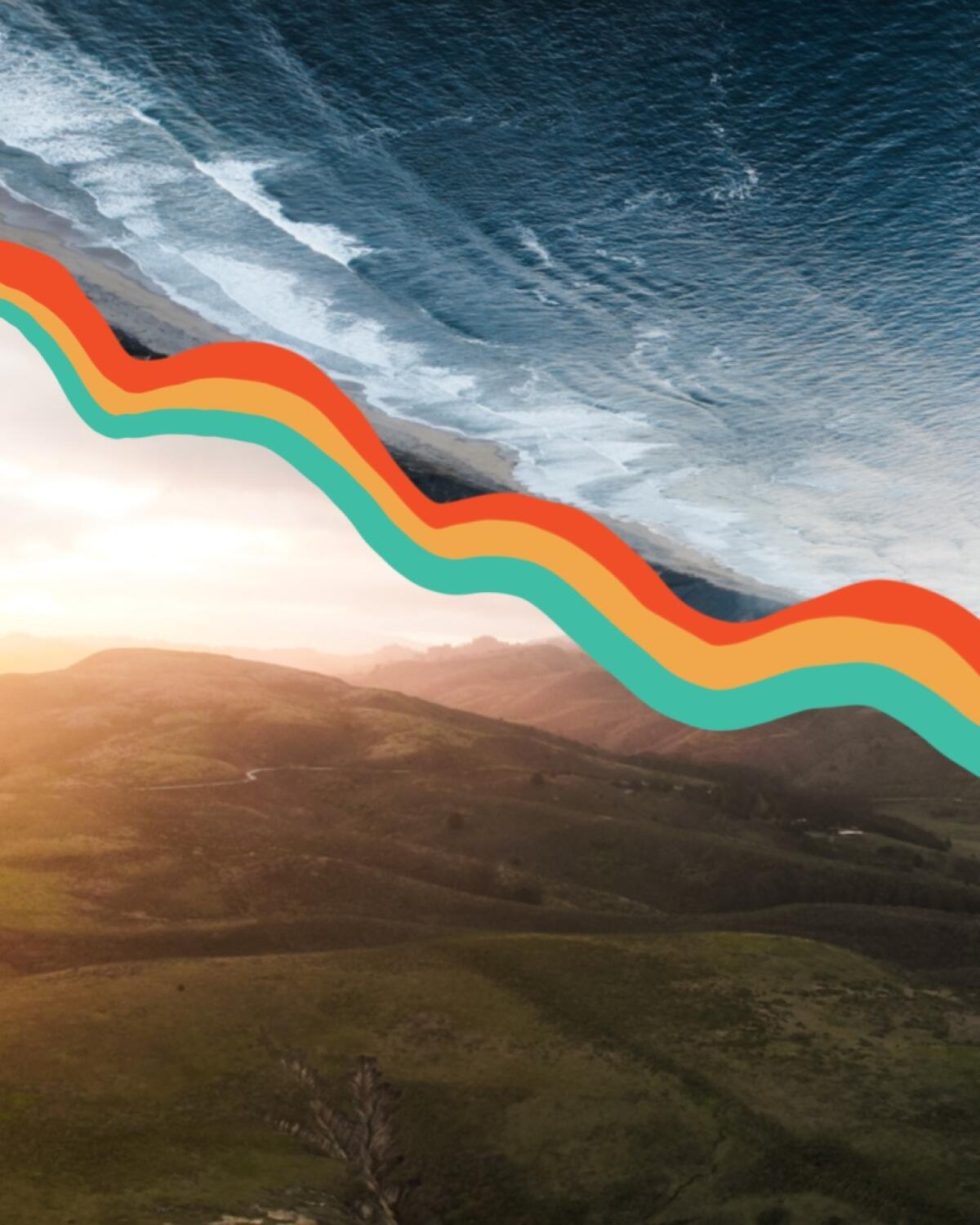
Sign up for The Wild
We’ll help you find the best places to hike, bike and run, as well as the perfect silent spots for meditation and yoga.
You may occasionally receive promotional content from the Los Angeles Times.




